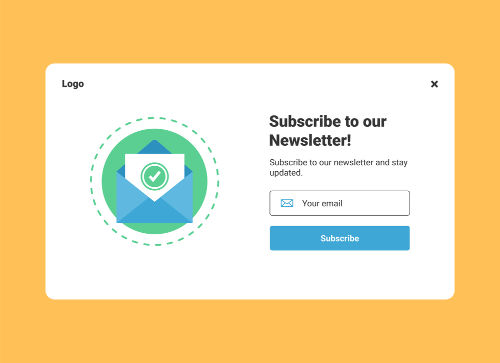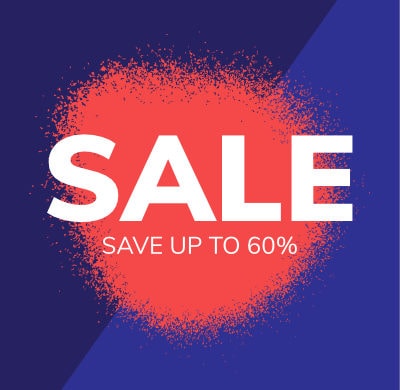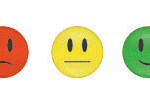Website popups … website visitors often hate them but as website owners, we know that they have a high conversion rate because they grab people’s attention.
Popups are an effective tool for getting people’s attention. If used properly they can increase your revenue by focusing your visitor’s attention on your products and services. But, these same popups may frustrate customers who want to browse your site without being interrupted.

What are Website Popups?

A website popup is a small window that comes up at some point during a visit to a website page. They must either be filled out or closed before the visitor can continue looking at the page under the popup. Popups can be used for a variety of purposes, such as to display advertising, alerts, or forms. They are triggered by either the amount of time a person has been on the page or by an action from the user, such as clicking on a button or scrolling down the page.
The Pros and Cons of Popups
Website popups have strong pros and cons – so as a website owner that can make it hard to decide if you want them on your website.
Let’s start with the reasons you might NOT want to use popups on your website
- Website popups can be very annoying to your website visitors.
They came to your site to get information or make a purchase and before they get what they came for, their view of your page is being obscured by a window asking them to do something – often asking to give their personal information.
- Often it isn’t clear how to close the popup.
Sometimes that little “x” to close the window is too small to be seen, or doesn’t exist at all. In this case, the visitor has to make a decision – give their personal information, or abandoned the website altogether.
- Popups must be tested.
Sometimes popups are not tested on different screen sizes and on mobile devices the window does not fit on the screen and it is impossible to get rid of the popup and continue viewing the website.
- If there are multiple popups on a website, or the same popup appears multiple times, the visitor might appreciate the first one, but at some point, they will become annoyed and give up on your site.
Now let’s look at the benefits of adding popups to your website
- A popup can provide helpful information – such as giving additional information, or confirming that they want to do something. An example is asking a visitor to confirm their mailing address before you charge their credit card for a purchase.
- Popups are a great way to highlight information on your website. For example, if you are having a one-day sale you might want to have a popup that lets people know, so they make the purchase before the sale ends.
- As a business owner, popups have a high conversion rate – this means that people will often do the action you are asking them to do. So when you show a window offering people a weekly newsletter, or a discount coupon, in exchange for their name and email address, they will often take you up on your offer.

How to decide if using popups is right for your website
I ask clients three questions to help decide if popups are right for their website.
- What is your business strategy? Do you want to be able to contact website visitors at a later time – for example, to share your newsletter, send out coupons, or let people know about a new product or service? In this case, you will want a way to ask your visitors for their name and email address.
- How important is it that your website visitor has a good user experience (UX) when visiting your website? Unfortunately, popups are negative for user experience since they interrupt your visitor from what they are doing, and require them to either fill out your form or find the close button before resuming what they were doing.
Website owners must weigh their answers to the above questions and find a balance that works for their business and the website visitors they want to attract.
Tips for creating effective popup windows that are less annoying to your visitors
Here are some of my tips to create popups that give a balance between your business needs while being conscious of the user experience you are providing your visitors.
- All popups should be easy to close. There should be an “x” or the word “close” at the top right corner of the popup box. This should be a contrasting color to the background and large enough for people to be able to find easily.
- Popups must be tested on all screen sizes – especially smaller mobile screen sizes. Make sure that both the close button and the submit button are easy to see and use.
- Make sure the message or content of the popup is relevant to the visitor. You want to make sure it is either beneficial to your website visitors – and that you are providing them something in return for their personal information. If the popup window is not something of interest, there’s a good chance that the visitor will just leave your website. if your popup content is nothing more than a sales pitch, then you will just annoy your visitor and they will likely leave your site.
- Make sure that the popup window has a clear call to action. Clearly tell your visitor what you want them to do. For example:
- Sign up for a newsletter
- Get a 15% discount on your next purchase
- Receive a notification when a product comes back in stock
Conclusion
When it comes to website popups, the pros and cons are often debated by website designers.. Some people love them because they provide a great way to get more leads and conversions, while others find them annoying or intrusive.
If used in moderation and with relevant, targeted content, popups can be a great way to increase leads and conversions. However, if they are overused or contain irrelevant information, they will only serve to annoy website visitors and drive them away.




